Considerate Mexico City housing emerges from heritage transformation by Pedro y Juana
Mexico City housing T42 is born out of the transformation of a historical home by architecture studio Pedro y Juana
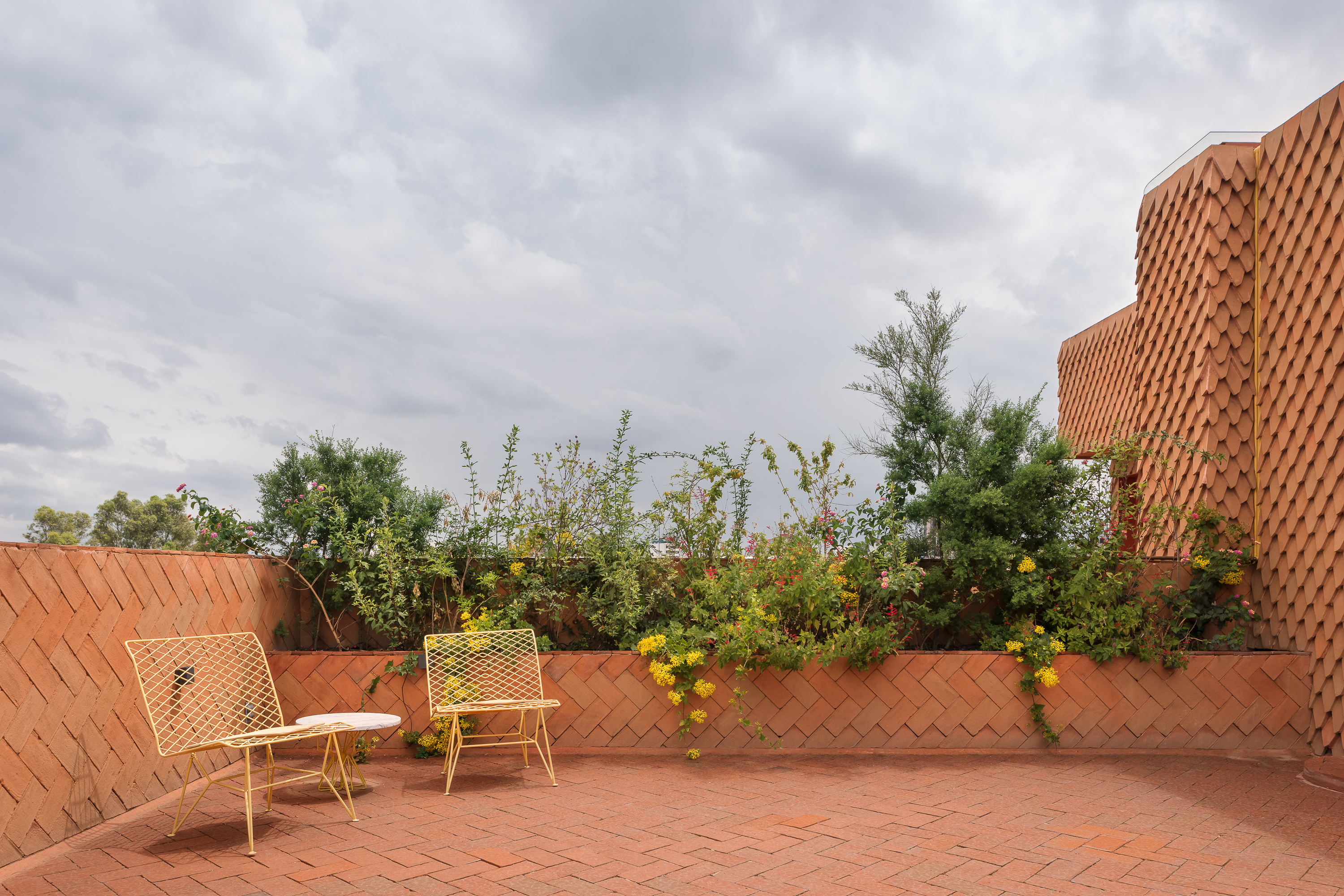
Against all odds, a boutique, modern Mexico City housing complex has been born out of the transformation of a 19th-century home into four apartments by architecture studio Pedro y Juana. The new design successfully negotiated community demands and its complex inner city context, balancing heritage preservation with the city’s need for new housing and densification. Yet it was also uncompromising in terms of local architects Ana Paula Ruiz Galindo and Mecky Reuss’ vision for a generous, liveable and locally authentic architecture.
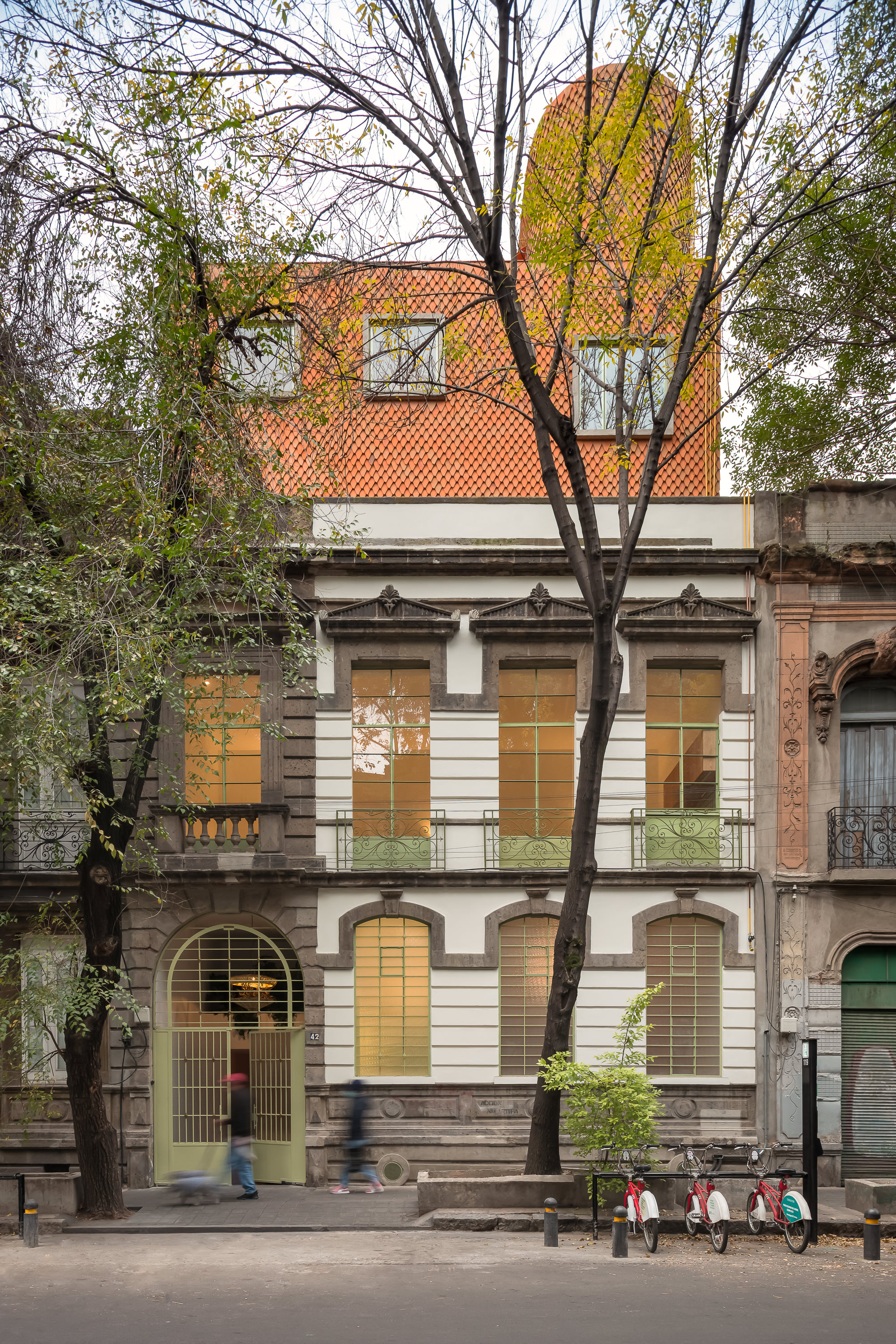
Mexico city housing T42 by Pedro y Juana
The pair discovered the once-abandoned house for sale on a walk through their own neighbourhood of La Colonia Juarez, an increasingly gentrified community of car mechanics and digital nomads. After recruiting investors, they bought the property and took on the ambitious role as novice developers and dynamic architects of its new future, keen to better understand the political dynamics of their locale. It’s safe to say they became initiated – collaborating over eight years with indigenous activists hosting organised squatters to their left, a newly protected heritage house to the right, as well as city bureaucracy.

Beyond and above its façade, the house opens up into a totally contemporary five-storey apartment building set around a traditional courtyard plan. Large square windows bring dual-aspect light and ventilation into every apartment. Each one also has a unique outdoor space, contributing to urban wellbeing.
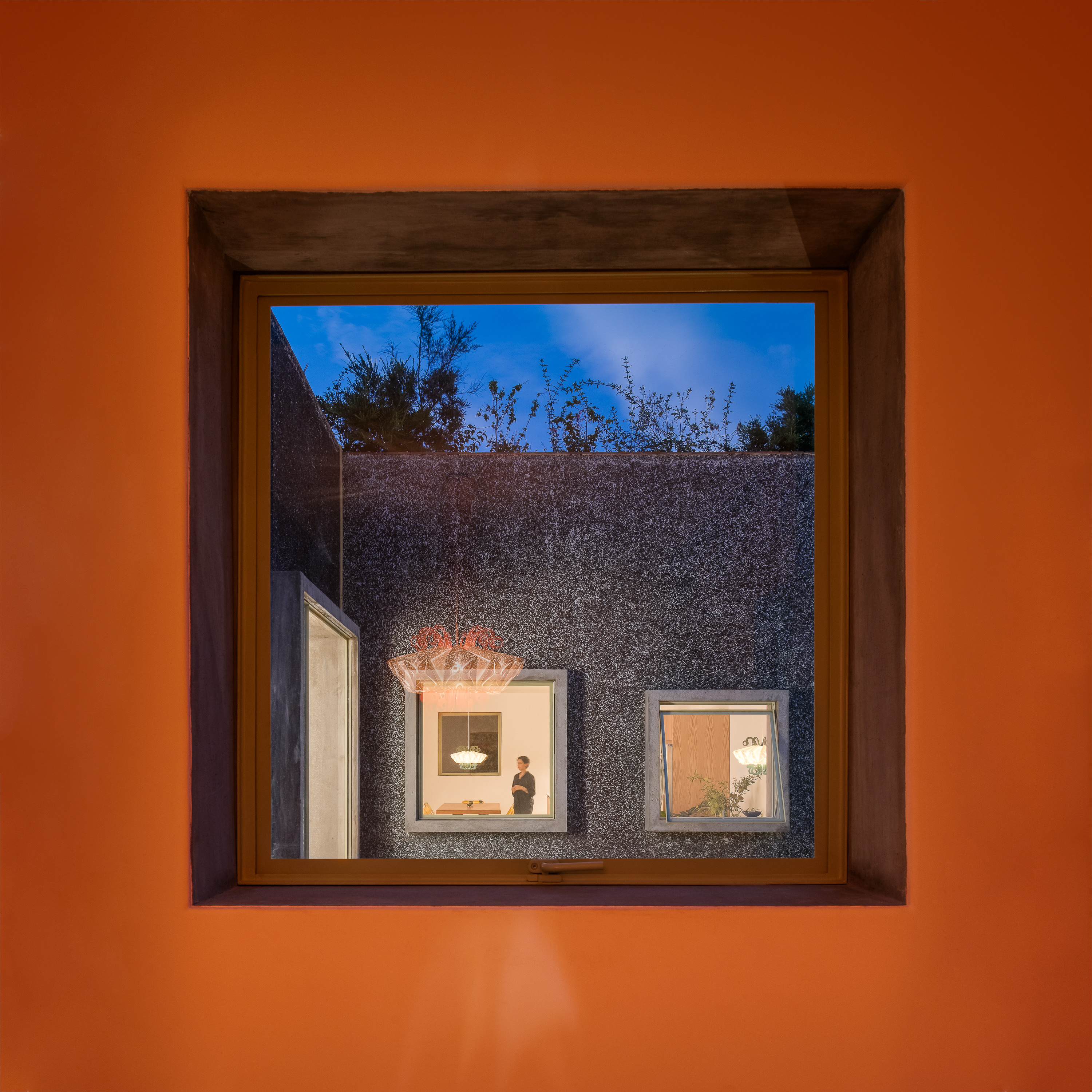
'The city should have a memory, but there is also a future of architecture and creativity in Mexico City and that is a conversation that needs to be had – the city can’t be frozen in time,' says Galindo.
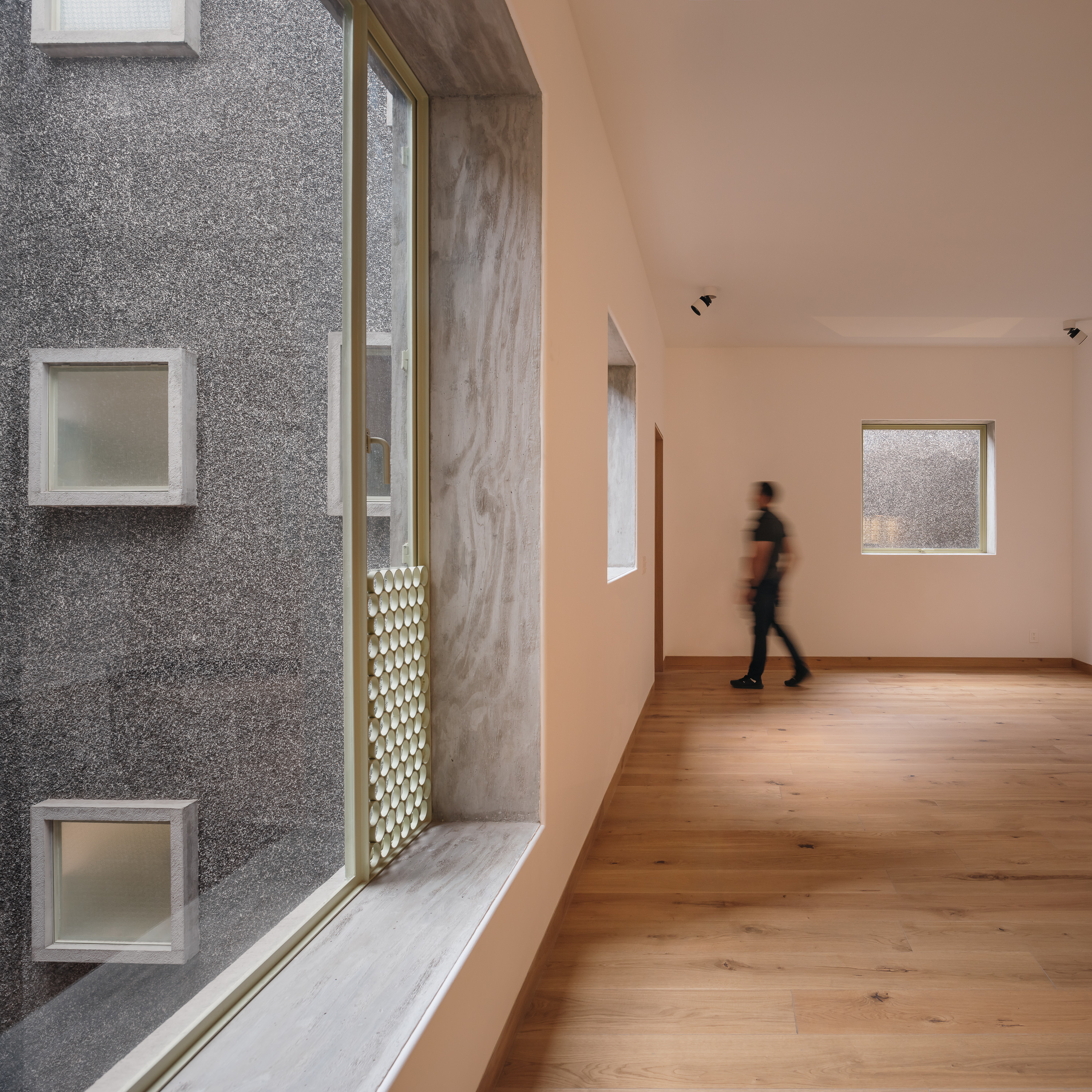
Suggesting a direction to this creative vision, the architects took an experimental approach to Mexican craft using cheap, readily available local materials. A volcanic rock aggregate clads the rear exterior, giving it a velvety, brutalist nature inspired partly by Mexico City’s Tamayo Museum. Custom teardrop-shaped clay tiles and traditional rectangular bricks clad the new volumes and terraces, while green-glazed Talavera tiles and exquisite board-marked concrete window ledges bring texture and depth to the minimal open-plan interiors.
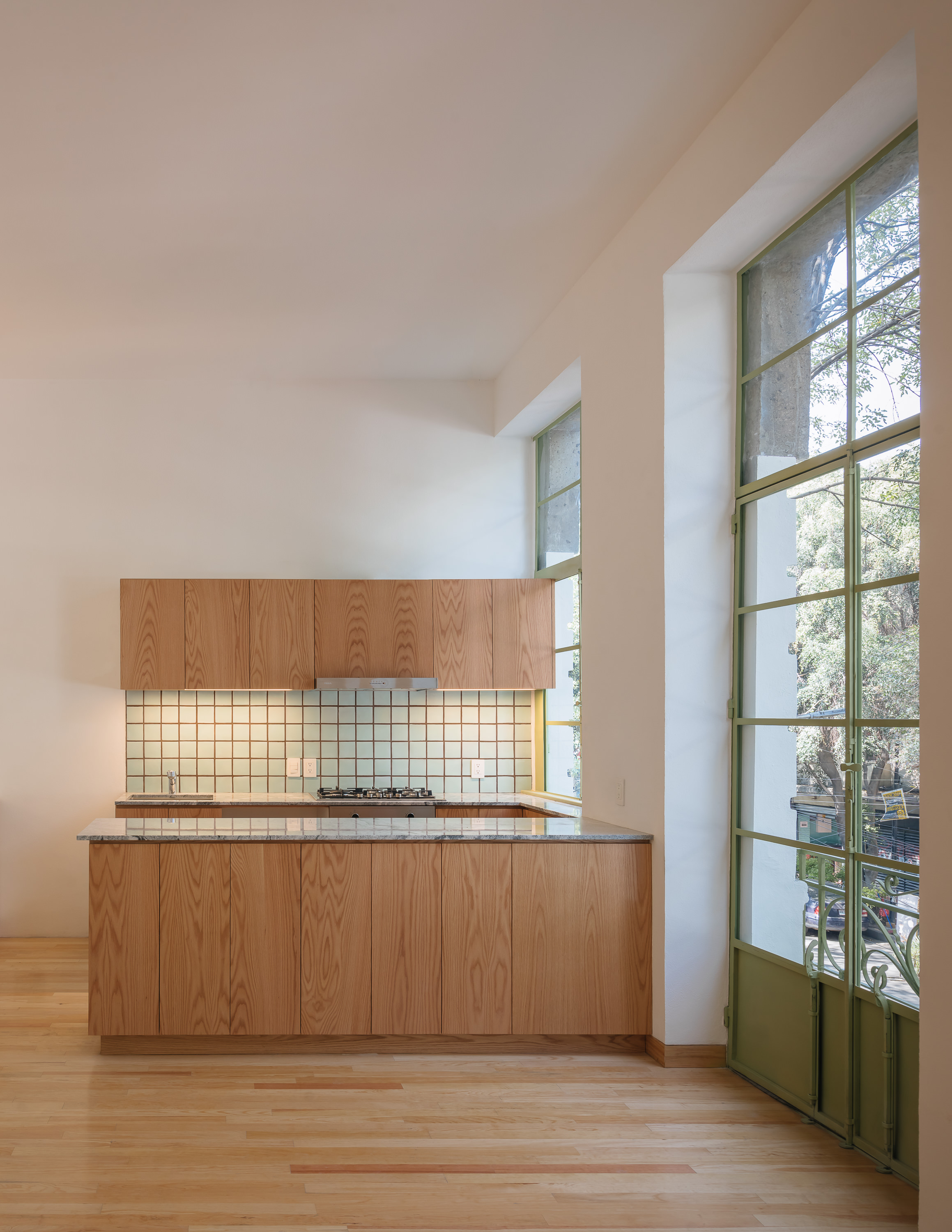
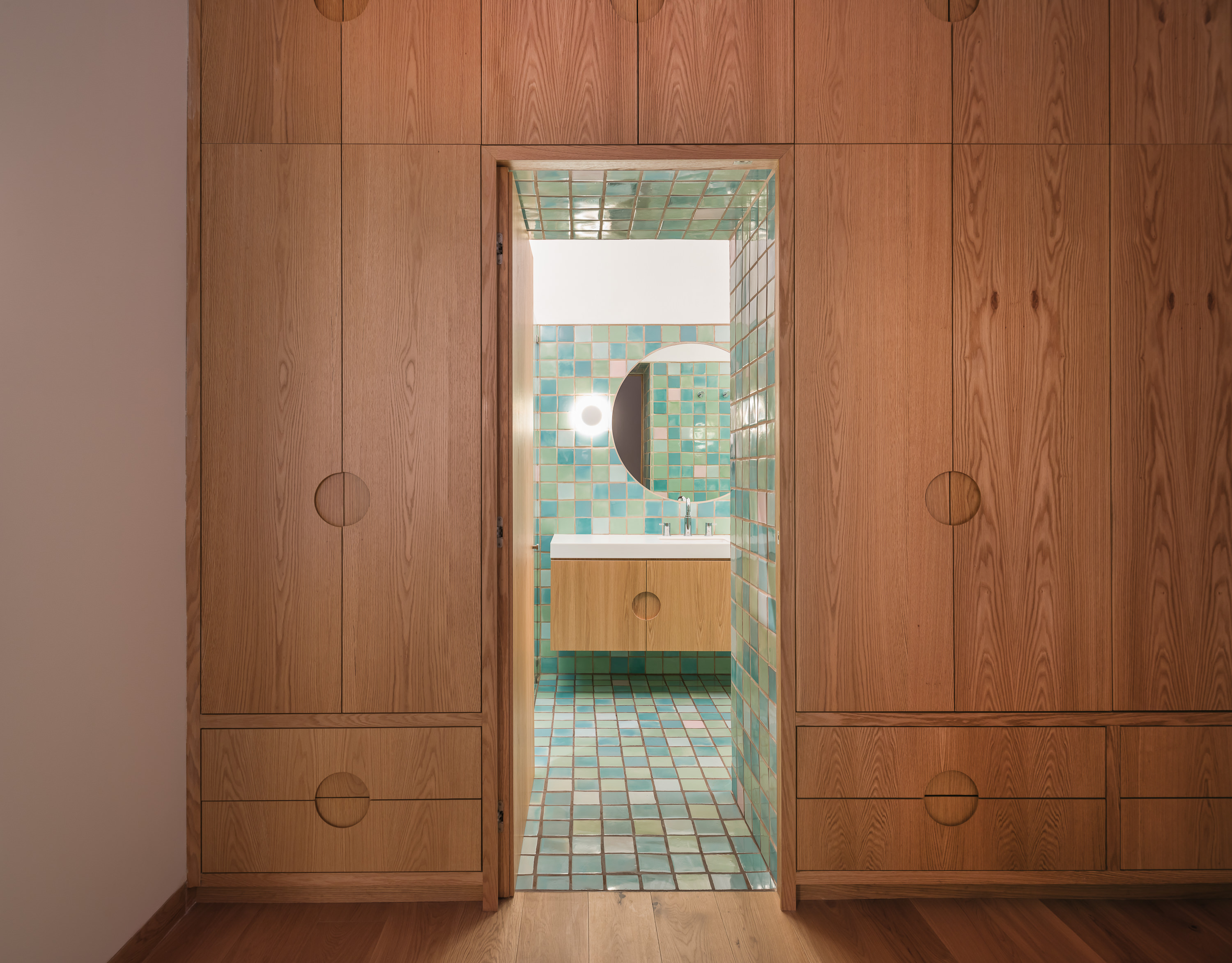
Wallpaper* Newsletter
Receive our daily digest of inspiration, escapism and design stories from around the world direct to your inbox.
Harriet Thorpe is a writer, journalist and editor covering architecture, design and culture, with particular interest in sustainability, 20th-century architecture and community. After studying History of Art at the School of Oriental and African Studies (SOAS) and Journalism at City University in London, she developed her interest in architecture working at Wallpaper* magazine and today contributes to Wallpaper*, The World of Interiors and Icon magazine, amongst other titles. She is author of The Sustainable City (2022, Hoxton Mini Press), a book about sustainable architecture in London, and the Modern Cambridge Map (2023, Blue Crow Media), a map of 20th-century architecture in Cambridge, the city where she grew up.
-
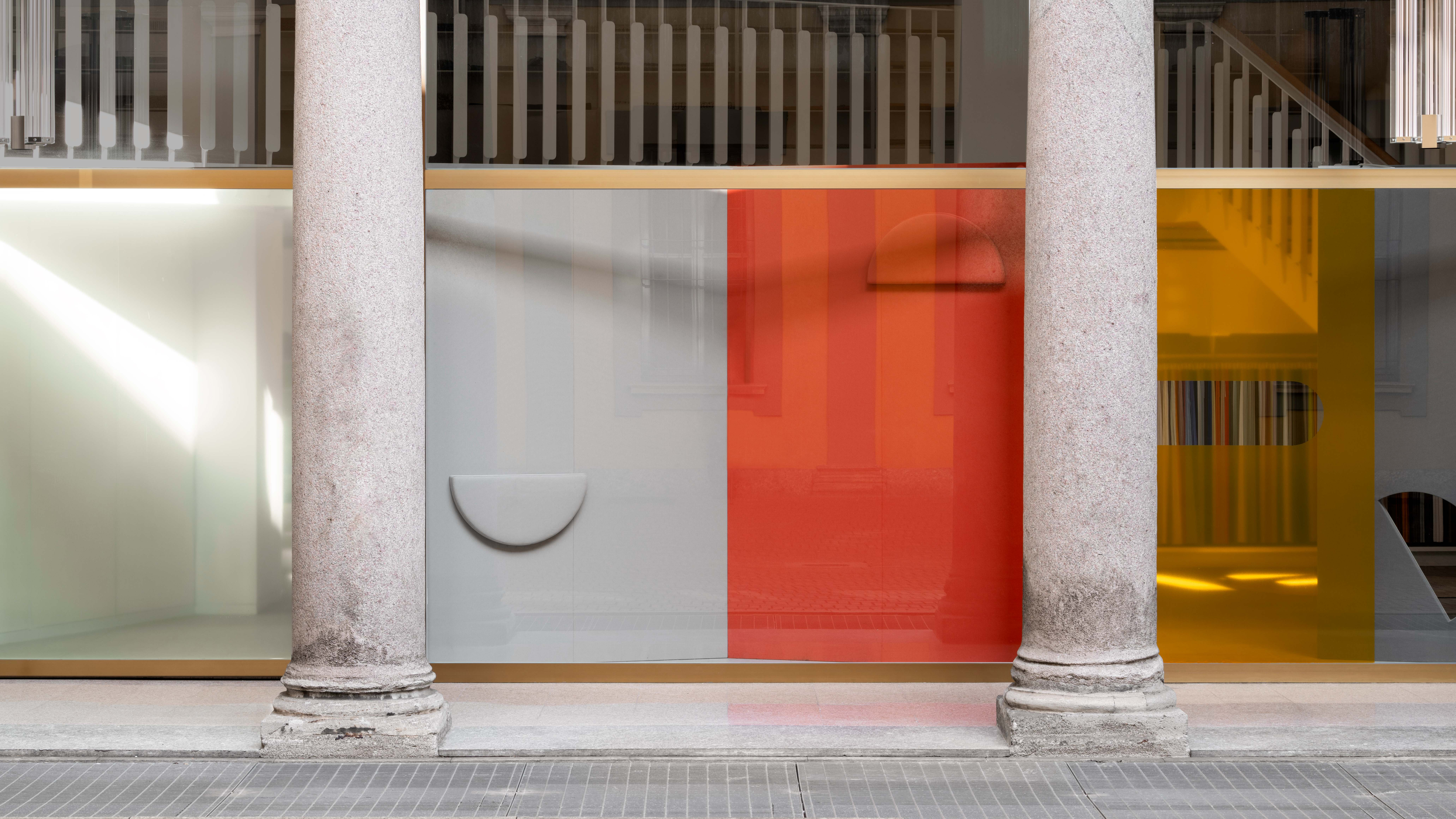 Kapwani Kiwanga transforms Kvadrat’s Milan showroom with a prismatic textile made from ocean waste
Kapwani Kiwanga transforms Kvadrat’s Milan showroom with a prismatic textile made from ocean wasteThe Canada-born artist draws on iridescence in nature to create a dual-toned textile made from ocean-bound plastic
By Ali Morris
-
 This new Vondom outdoor furniture is a breath of fresh air
This new Vondom outdoor furniture is a breath of fresh airDesigned by architect Jean-Marie Massaud, the ‘Pasadena’ collection takes elegance and comfort outdoors
By Simon Mills
-
 Eight designers to know from Rossana Orlandi Gallery’s Milan Design Week 2025 exhibition
Eight designers to know from Rossana Orlandi Gallery’s Milan Design Week 2025 exhibitionWallpaper’s highlights from the mega-exhibition at Rossana Orlandi Gallery include some of the most compelling names in design today
By Anna Solomon
-
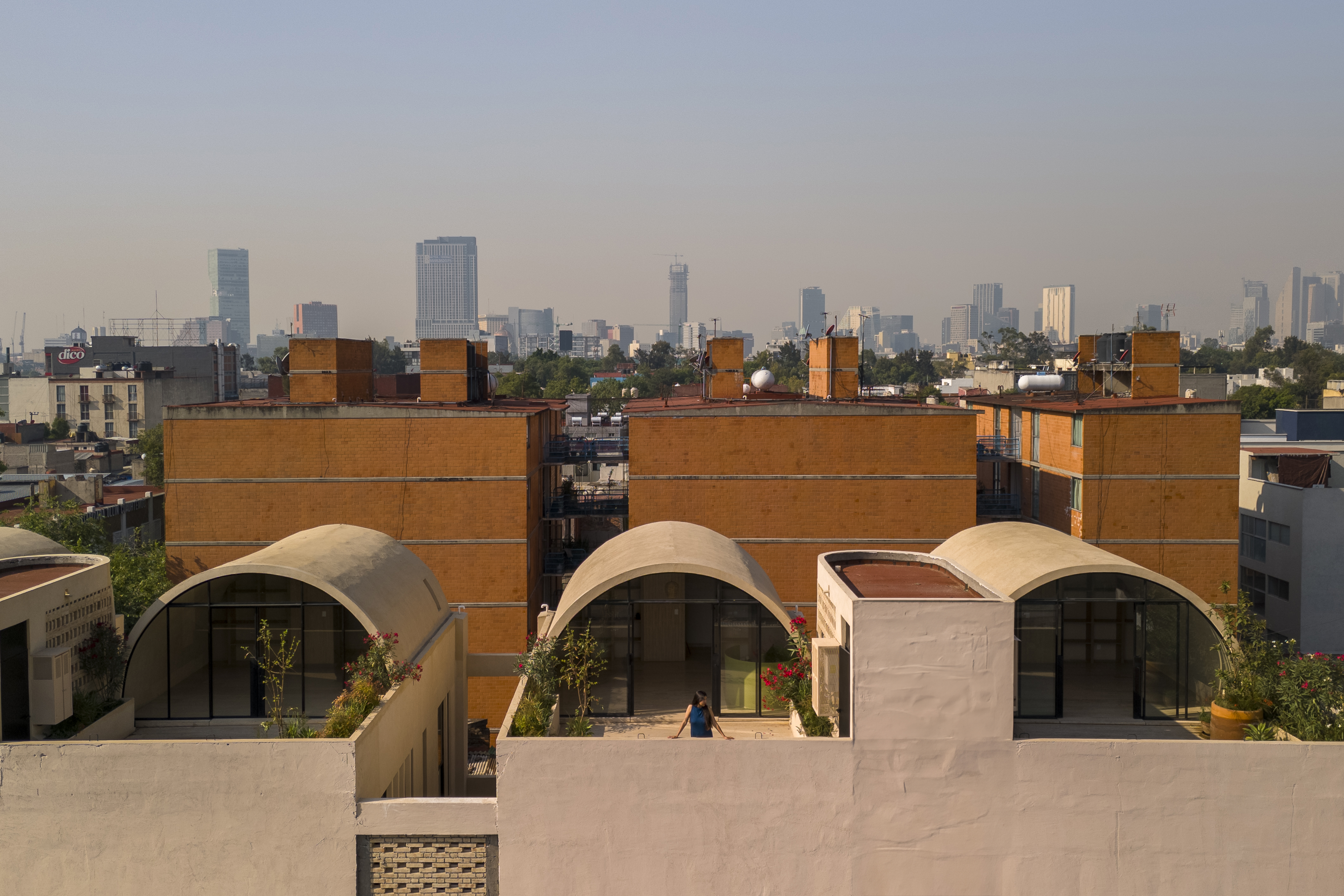 A barrel vault rooftop adds drama to these homes in Mexico City
A barrel vault rooftop adds drama to these homes in Mexico CityExplore Mariano Azuela 194, a housing project by Bloqe Arquitetura, which celebrates Mexico City's Santa Maria la Ribera neighbourhood
By Ellie Stathaki
-
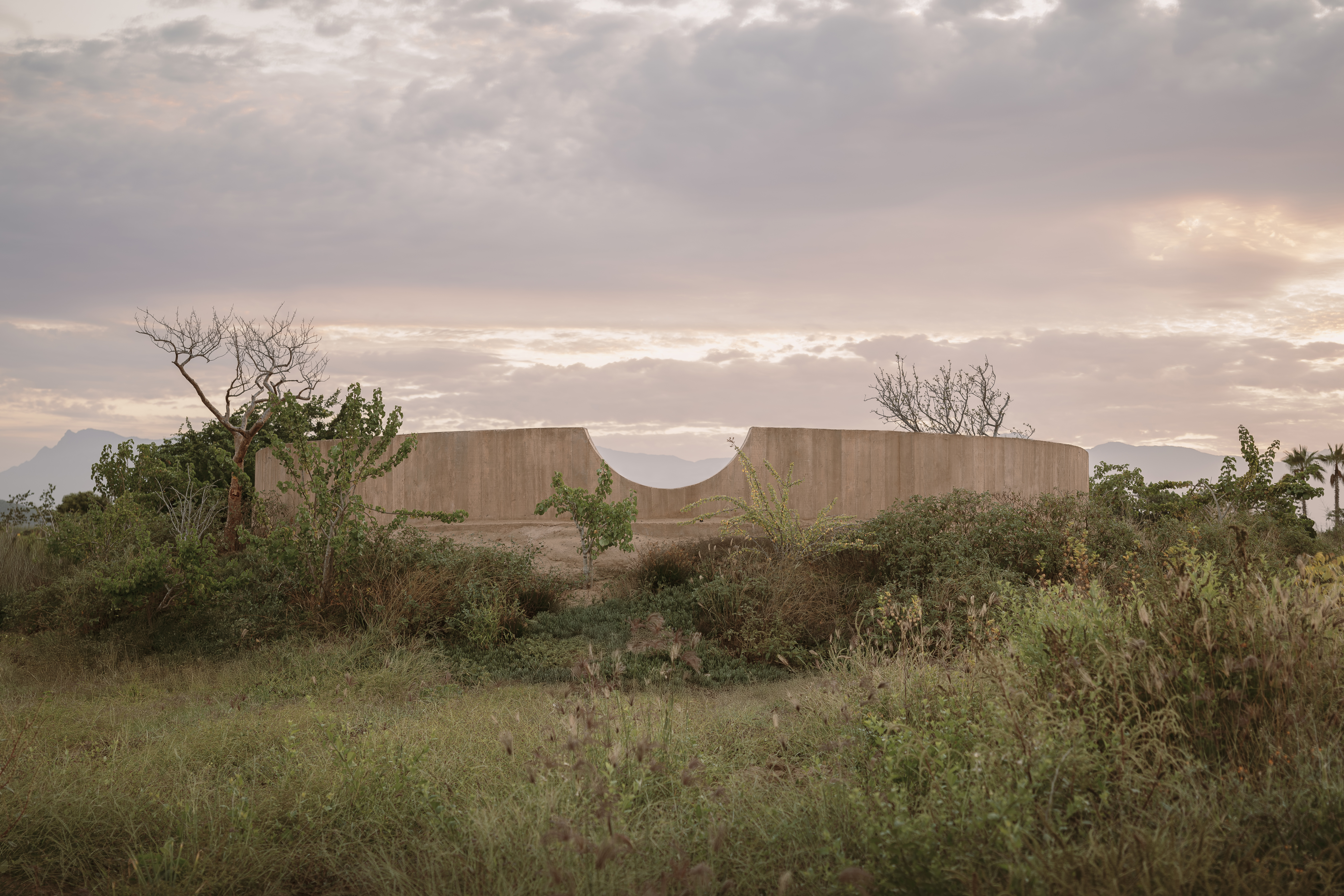 Explore a minimalist, non-religious ceremony space in the Baja California Desert
Explore a minimalist, non-religious ceremony space in the Baja California DesertSpiritual Enclosure, a minimalist, non-religious ceremony space designed by Ruben Valdez in Mexico's Baja California Desert, offers flexibility and calm
By Ellie Stathaki
-
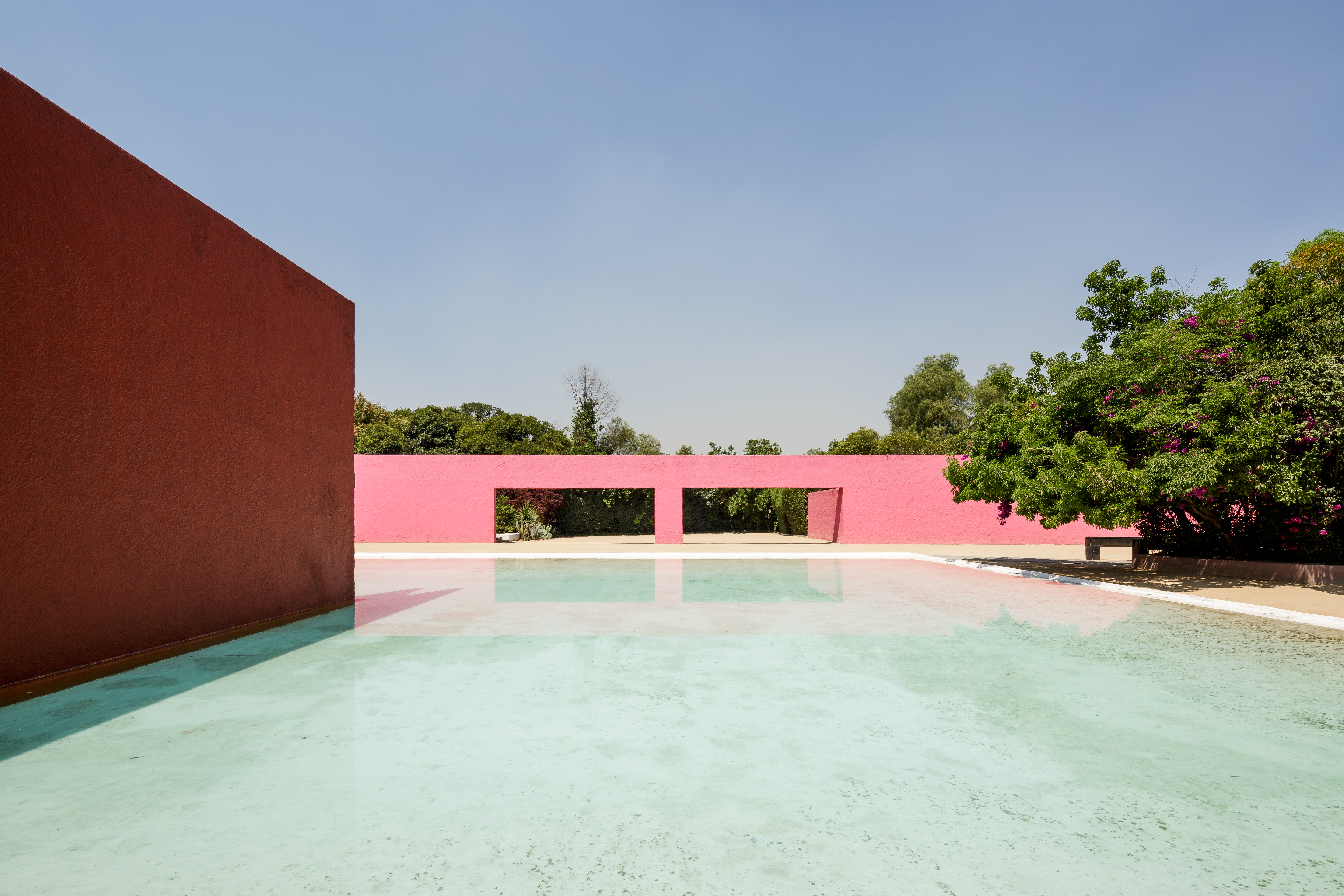 La Cuadra: Luis Barragán’s Mexico modernist icon enters a new chapter
La Cuadra: Luis Barragán’s Mexico modernist icon enters a new chapterLa Cuadra San Cristóbal by Luis Barragán is reborn through a Fundación Fernando Romero initiative in Mexico City; we meet with the foundation's founder, architect and design curator Fernando Romero to discuss the plans
By Mimi Zeiger
-
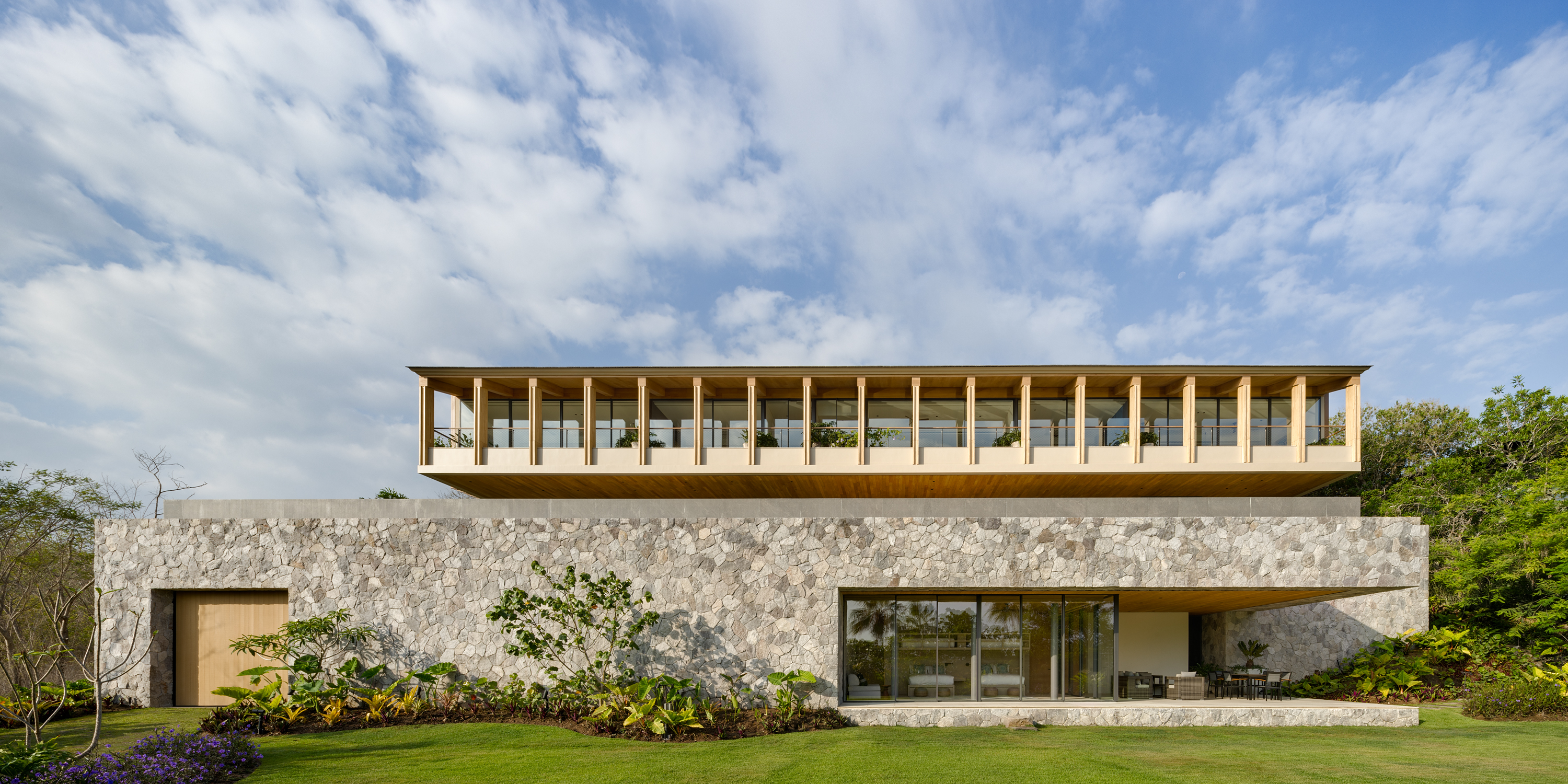 Enjoy whale watching from this east coast villa in Mexico, a contemporary oceanside gem
Enjoy whale watching from this east coast villa in Mexico, a contemporary oceanside gemEast coast villa Casa Tupika in Riviera Nayarit, Mexico, is designed by architecture studios BLANCASMORAN and Rzero to be in harmony with its coastal and tropical context
By Tianna Williams
-
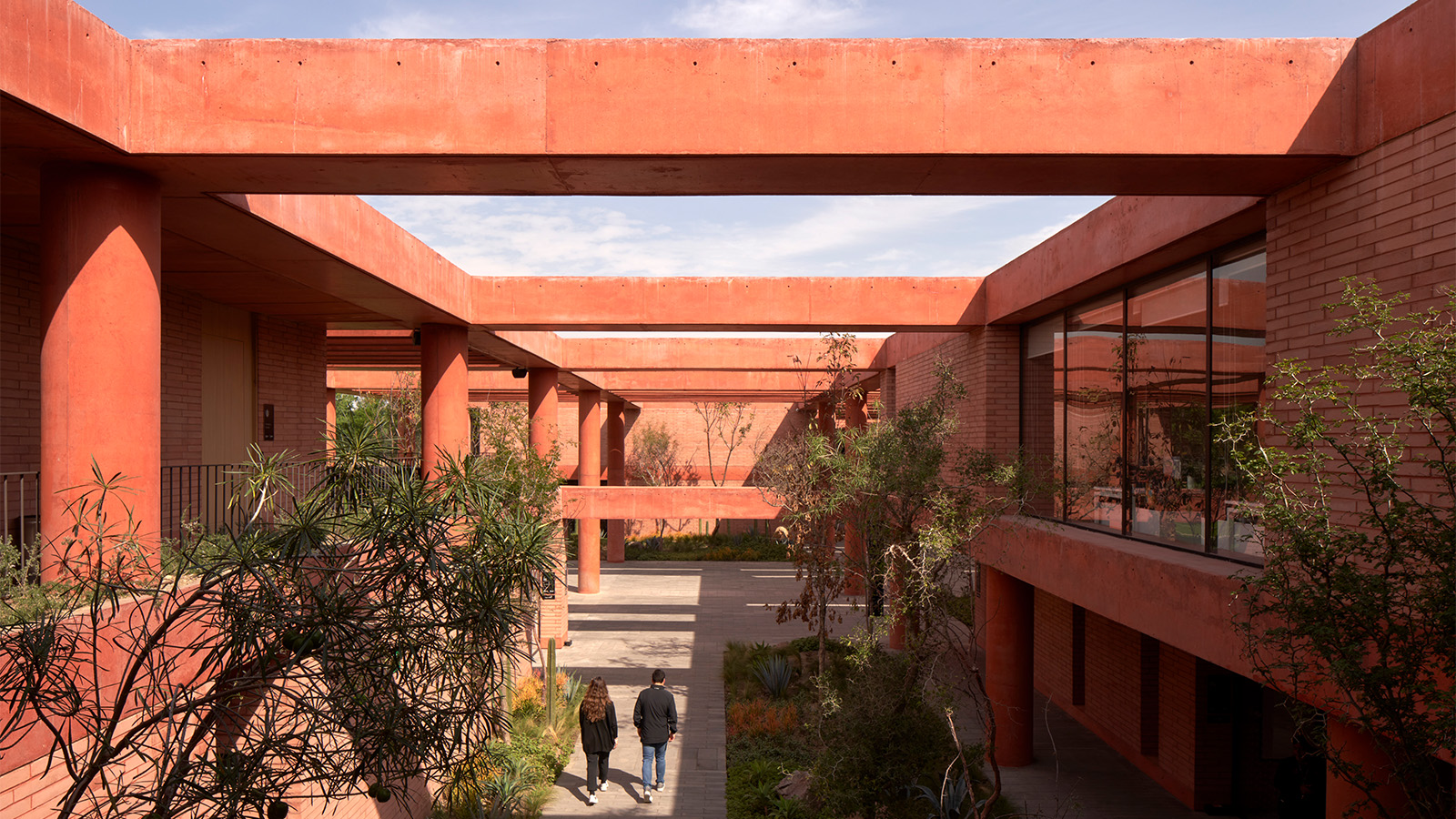 Mexico's long-lived football club Atlas FC unveils its new grounds
Mexico's long-lived football club Atlas FC unveils its new groundsSordo Madaleno designs a new home for Atlas FC; welcome to Academia Atlas, including six professional football fields, clubhouses, applied sport science facilities and administrative offices
By Tianna Williams
-
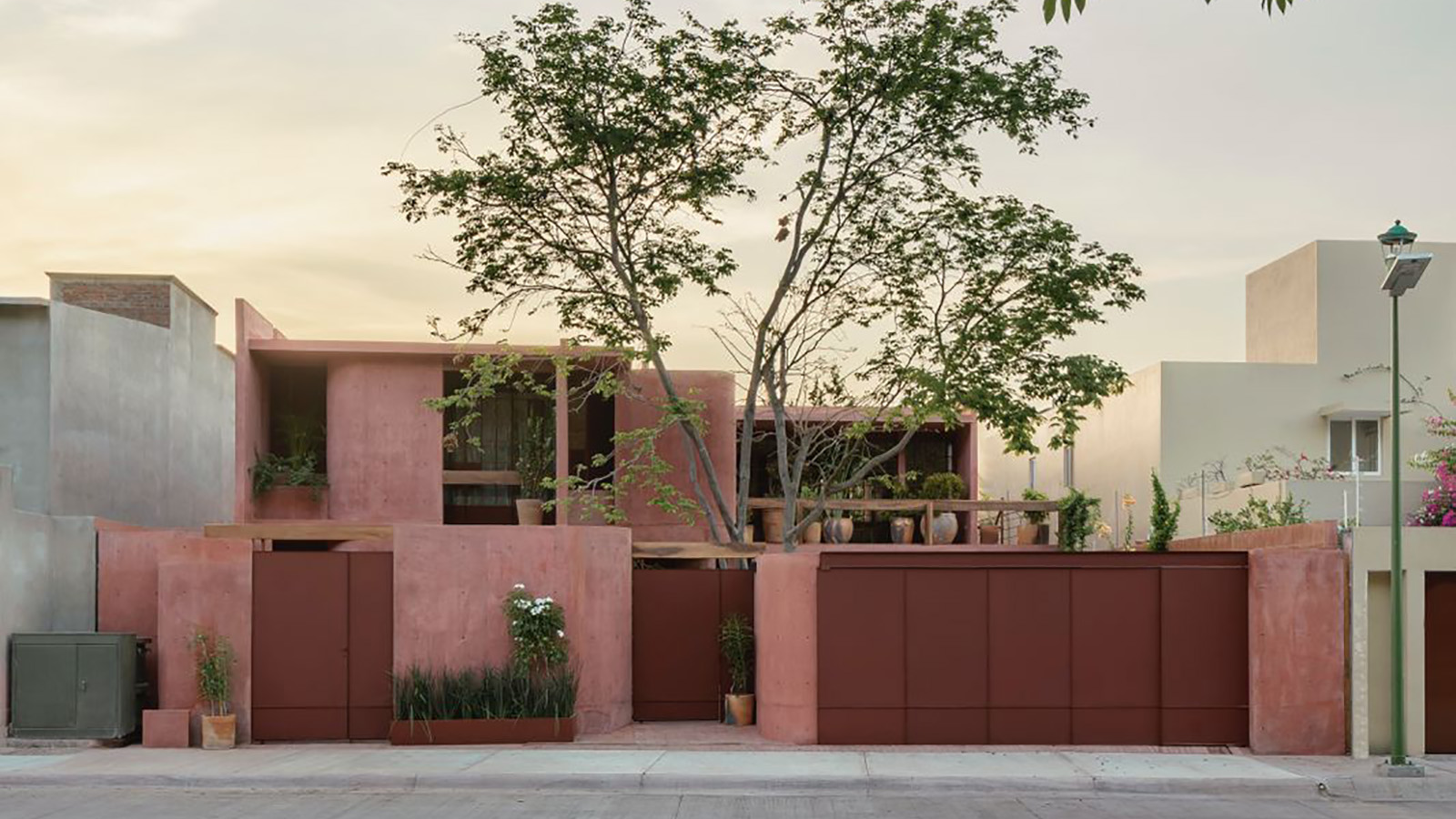 Discover Casa Roja, a red spatial exploration of a house in Mexico
Discover Casa Roja, a red spatial exploration of a house in MexicoCasa Roja, a red house in Mexico by architect Angel Garcia, is a spatial exploration of indoor and outdoor relationships with a deeply site-specific approach
By Ellie Stathaki
-
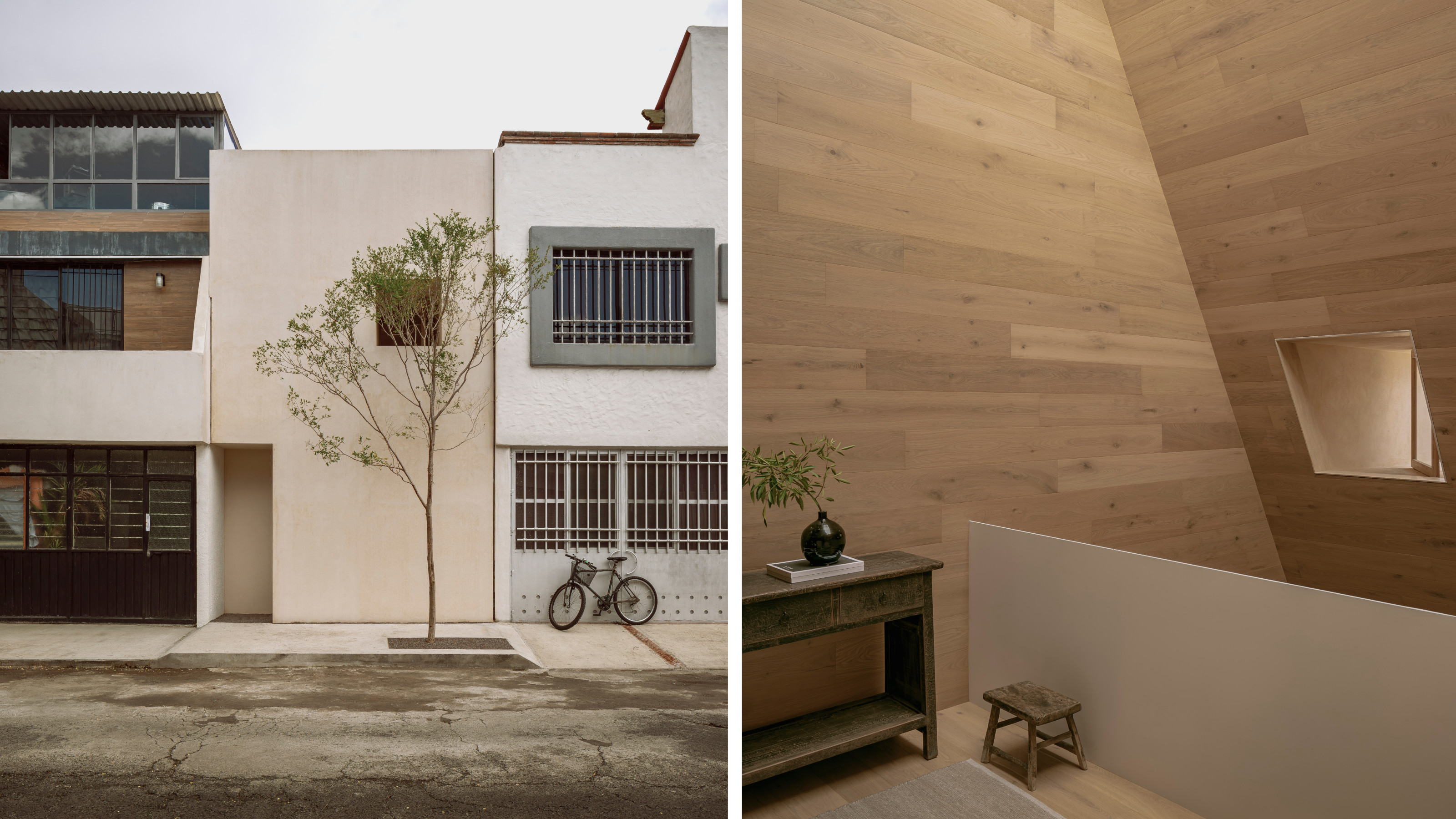 HW Studio’s Casa Emma transforms a humble terrace house into a realm of light and space
HW Studio’s Casa Emma transforms a humble terrace house into a realm of light and spaceThe living spaces in HW Studio’s Casa Emma, a new one-bedroom house in Morelia, Mexico, appear to have been carved from a solid structure
By Jonathan Bell
-
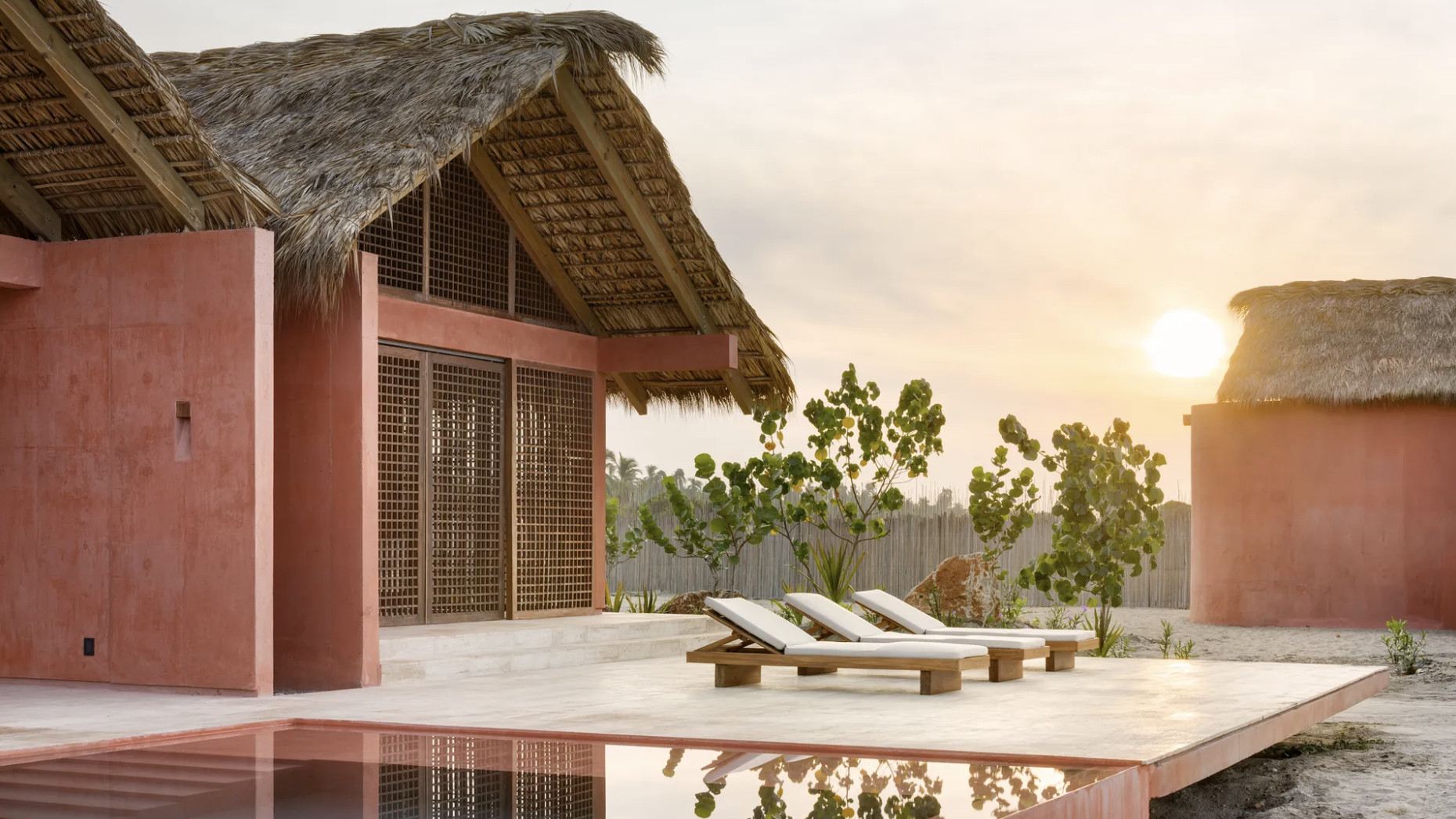 An Oaxacan retreat offers a new take on the Mexican region's architecture
An Oaxacan retreat offers a new take on the Mexican region's architectureThis Oaxacan retreat, Casa Caimán by Mexican practice Bloqe Arquitectura, is a dreamy beachside complex on the Pacific coast
By Léa Teuscher